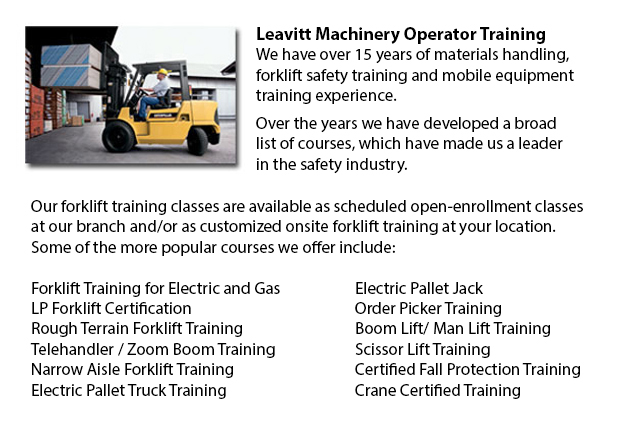
Aerial Lift Training Vaughan - Aerial lift trucks might be utilized to accomplish a lot of different tasks executed in hard to reach aerial places. Many of the tasks associated with this type of jack include performing routine preservation on buildings with elevated ceilings, repairing telephone and power lines, raising burdensome shelving units, and trimming tree branches. A ladder might also be utilized for some of the aforementioned tasks, although aerial lifts provide more safety and stability when properly used.
There are a handful of distinctive versions of aerial lift trucks available, each being able to perform moderately unique tasks. Painters will often use a scissor lift platform, which is able to be utilized to reach the 2nd story of buildings. The scissor aerial lifts use criss-cross braces to stretch and lengthen upwards. There is a table attached to the top of the braces that rises simultaneously as the criss-cross braces lift.
Cherry pickers and bucket lift trucks are another type of the aerial lift. Commonly, they possess a bucket at the end of a long arm and as the arm unfolds, the attached bucket platform rises. Forklifts use a pronged arm that rises upwards as the handle is moved. Boom lift trucks have a hydraulic arm which extends outward and raises the platform. Every one of these aerial hoists require special training to operate.
Training courses presented through Occupational Safety & Health Association, known also as OSHA, cover safety methods, system operation, maintenance and inspection and machine weight capacities. Successful completion of these education programs earns a special certified certificate. Only properly licensed people who have OSHA operating licenses should run aerial hoists. The Occupational Safety & Health Organization has established rules to uphold safety and prevent injury while utilizing aerial lifts. Common sense rules such as not using this apparatus to give rides and ensuring all tires on aerial lift trucks are braced so as to prevent machine tipping are noted within the rules.
Unfortunately, figures reveal that in excess of 20 aerial hoist operators pass away each year while operating and nearly ten percent of those are commercial painters. The bulk of these incidents were caused by inappropriate tie bracing, for that reason many of these may well have been prevented. Operators should make sure that all wheels are locked and braces as a critical security precaution to stop the instrument from toppling over.
Marking the neighbouring area with obvious markers need to be utilized to safeguard would-be passers-by so that they do not come near the lift. Additionally, markings should be set at about 10 feet of clearance amid any utility cables and the aerial hoist. Hoist operators must at all times be appropriately harnessed to the hoist when up in the air.
-
Nissan Forklift
Nissan Forklift Training Vaughan - Nissan Motor Co. Ltd prides itself on reaching complete client contentment when enjoying one of their car, truck or forklift products. They are fully committed to providing high value and detail-oriented quality val... More -
Pallet Lifts
Pallet Lifts Training Vaughan - A pallet lift is a model of equipment focused in the maneuvering of pallets of many dimensions and weights. They can be utilized as an appendage for forklifts, cranes and other types of heavy machinery or be used on th... More -
Boom Lifts
Boom Lifts Training Vaughan - Boom Lifts are a platform lift mechanism that could be raised or lowered to varying heights, making this equipment a useful instrument for various industrial uses. There are some different variations of Boom Lift consist... More -
Rough Terrain Forklifts
Rough Terrain Forklifts Training Vaughan - There are in actual fact two unique categories of lift trucks within the materials handling industry, the industrial model and the rough terrain model. Rough terrain forklifts initially arrived on the market... More -
Scissor Pallet Trucks
Scissor Pallet Truck Training Vaughan - Scissor lift pallet vehicles are built to have the ability to transport and stack pallets with a built-in raising mechanism that allows the pallets to be elevated. This equipment is incredibly useful for worki... More

Forklift Training Vaughan
TOLL FREE: 1-888-254-6157
Vaughan, Ontario
forklifttrainingvaughan.com
Email Us
About Us


